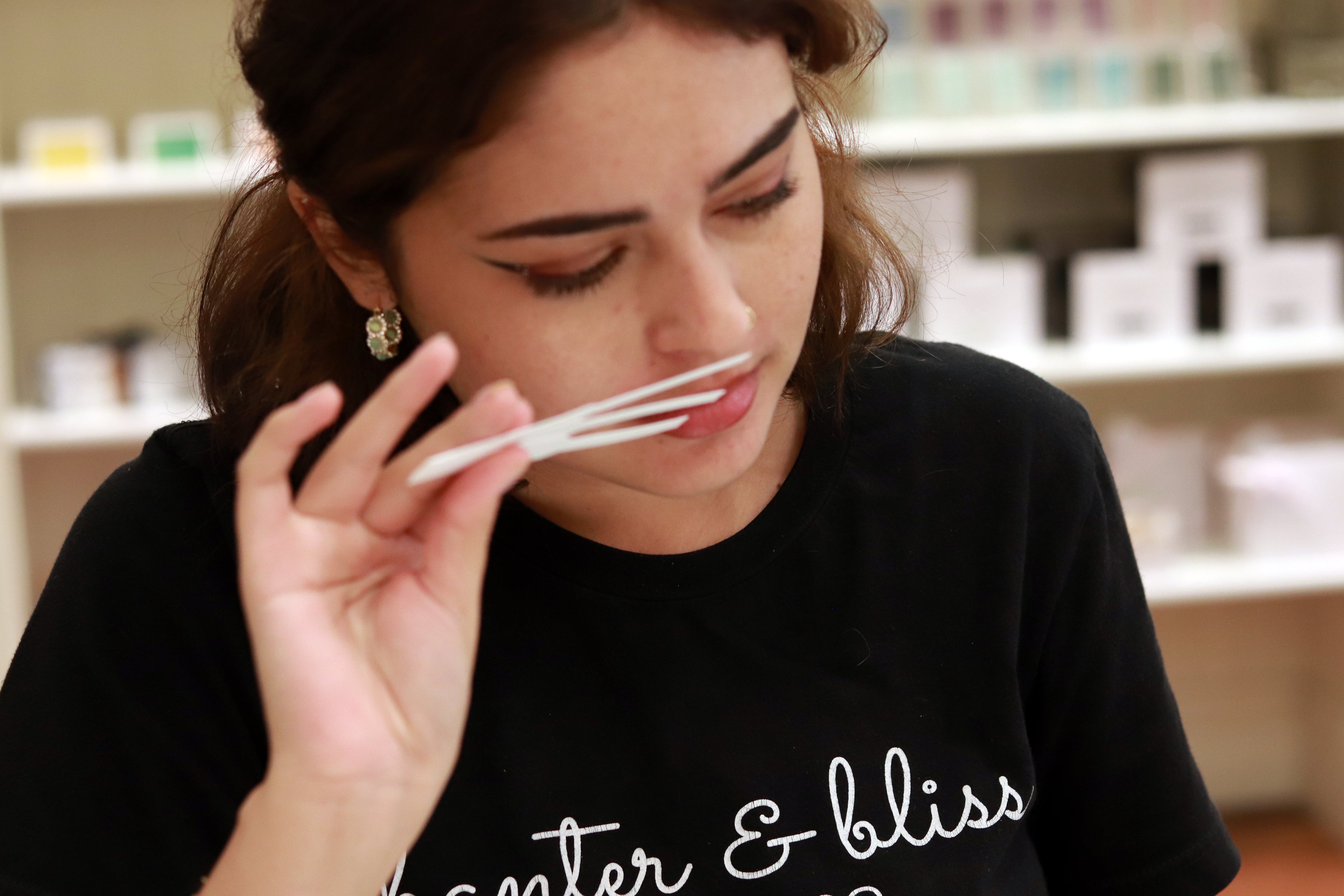How to Blend Fragrances
·

·
Blending fragrances is an art and science that requires a keen nose and a solid understanding of scent composition. Whether you're an aspiring perfumer or a fragrance enthusiast, scent strips are an essential tool for experimenting with different perfume blends. In this blog, we’ll explore how to use scent strips effectively to create harmonious fragrance compositions while understanding the fragrance wheel and the role of top, middle, and base notes.
Understanding the Fragrance Wheel
The fragrance wheel is a guide that classifies scents into different families, helping you understand which notes complement each other. Developed by Michael Edwards, it divides scents into four main categories:
- Floral: Includes rose, jasmine, and lavender—ideal for soft, romantic blends.
- Oriental: Features spices, vanilla, and resins—best for warm, exotic creations.
- Woody: Includes cedarwood, sandalwood, and vetiver—great for earthy, deep compositions.
-
Fresh: Contains citrus, green, and aquatic notes—perfect for vibrant, airy blends.When blending, understanding these categories helps you choose complementary fragrances that balance well.
The Role of Top, Middle, and Base Notes
A well-composed fragrance has three distinct layers that unfold over time:
- Top Notes: The first impression of a fragrance, typically light and volatile, lasting around 15-30 minutes. Common top notes include citrus (bergamot, lemon), herbs (lavender, basil), and fresh fruits. (Approx. 30%)
- Middle Notes: Also called the heart notes, these define the character of the fragrance and last a few hours. Floral (rose, ylang-ylang) and spicy (cinnamon, cardamom) notes are common. (Approx. 50%)
-
Base Notes: The foundation of a scent, providing depth and longevity. These include woods (sandalwood, patchouli), musk, amber, and vanilla.
(Approx. 20%)
When blending, you should aim for a balance of these three layers to create a well-rounded fragrance.
How to Use Scent Strips for Blending
Gather Your Materials
- Scent strips (also called blotter strips)
- Essential oils, perfume oils, or raw materials
- Pen and paper for note-taking
-
A clean, neutral environment to avoid olfactory fatigue
Label Your Strips
-
Write the name of each fragrance or note on its respective strip to keep track of your blend components.
- Dip the tip of each scent strip into the fragrance or apply a small drop using a pipette.
-
Allow the alcohol to evaporate for a few seconds to get a true scent representation.
Arrange and Compare
- Hold multiple strips together in a fan shape and waft them under your nose to get a sense of how the scents interact.
-
Adjust the positioning to emphasize different notes and see which combinations feel harmonious.
Refine the Blend
- If a particular note overpowers the others, reduce its intensity in the next trial.
- Try different ratios by layering the scent strips in varying quantities.
-
Take breaks between smelling to avoid olfactory fatigue.
Final Testing
- Once you find a blend you love, test it on the skin to experience how it evolves with body chemistry.
-
Make notes on the longevity and balance of the fragrance before finalizing the formula.
Using scent strips for fragrance blending is an excellent way to experiment with different combinations before committing to a final perfume formula. Understanding the fragrance wheel and the role of top, middle, and base notes will help you create well-balanced, unique blends. With practice and patience, you’ll be able to craft your own signature scents like a pro!
